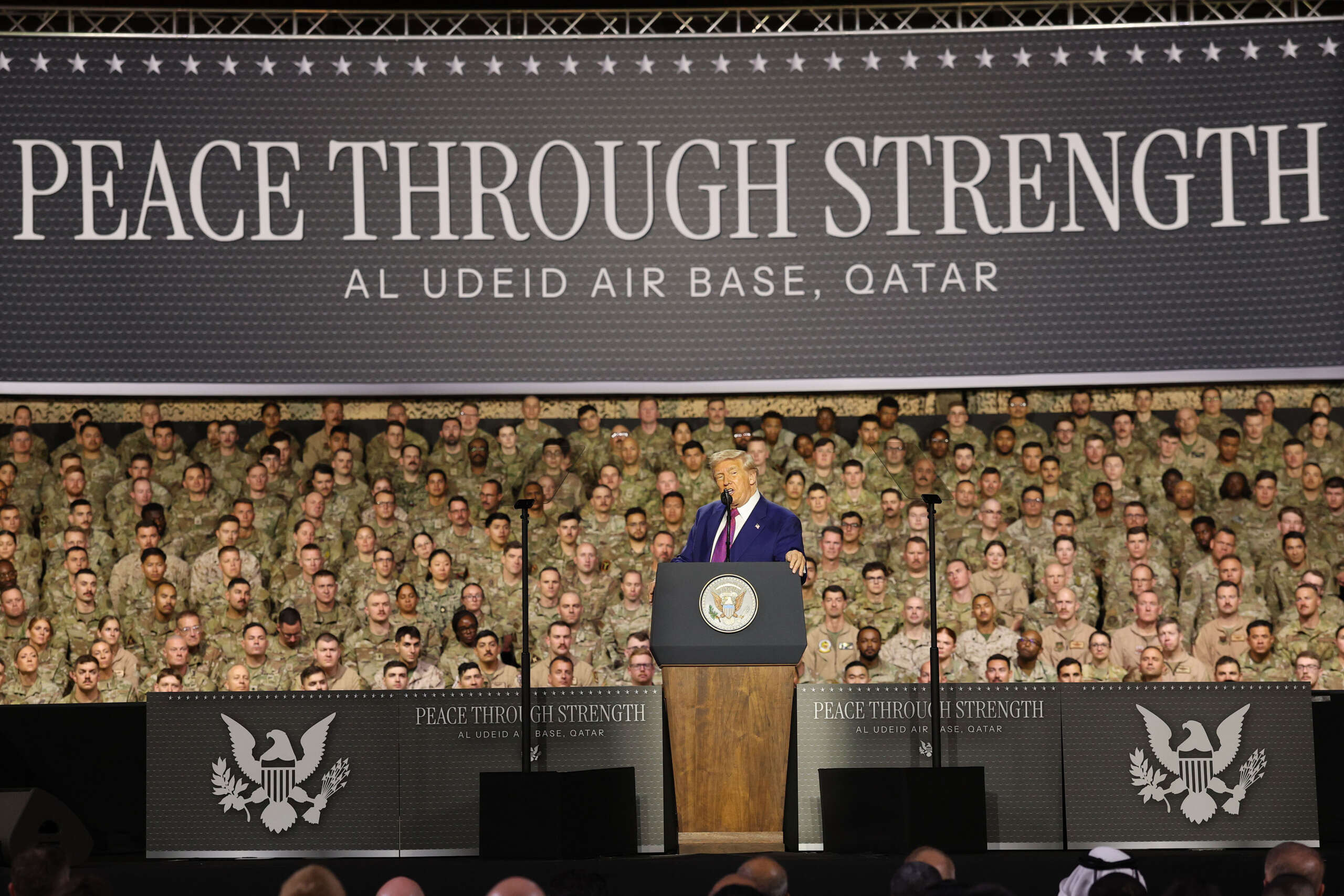WASHINGTON D.C. – In a bold military maneuver, the United States launched strikes on Iranian nuclear facilities, escalating tensions in the Middle East and raising questions about the true motives behind the action.
Breaking: US Military Strikes on Iranian Nuclear Sites
Shortly after former President Donald Trump announced on Truth Social that the United States had conducted strikes on three Iranian nuclear facilities, Israeli Prime Minister Benjamin Netanyahu addressed the world with a triumphant tone. “President Trump and I often say peace through strength,” Netanyahu declared. “First comes strength, then comes peace. And tonight, President Trump and the United States acted with a lot of strength.”
Netanyahu’s comments underscore a broader narrative that has been building over decades: the assertion of dominance and control under the guise of peace. The recent strikes add to the long history of U.S. and Israeli military interventions in the region.
Immediate Impact
The strikes have sparked panic in Iran, particularly in areas surrounding the affected nuclear facilities at Fordow, Natanz, and Isfahan. Human rights groups report significant casualties and damage to infrastructure, with at least 865 Iranians killed in the attacks.
865 Iranians reported killed in recent strikes.
For many Iranians, the bombardment represents a living nightmare, compounded by the ongoing Israeli military actions across the country. The situation has left the Iranian diaspora struggling to contact loved ones amid widespread blackouts.
Key Details Emerge
Both the U.S. and Israel have long accused Iran of pursuing a nuclear weapons program, despite assessments from the U.S. intelligence community indicating no evidence of such activities. Critics argue that the fearmongering over Iran’s nuclear capabilities serves to distract from the nuclear arsenals of the U.S. and Israel.
The U.S. possesses over 5,000 nuclear warheads, second only to Russia.
Israel, the only nuclear power in the Middle East, has never signed the Treaty on the Non-Proliferation of Nuclear Weapons, further complicating the geopolitical landscape.
Background Context
The U.S.-Iran relationship has been fraught with tension since the 1979 Iranian Revolution. Over the years, the U.S. has employed various strategies, from economic sanctions to covert operations, to exert pressure on Iran. The recent military action is seen by many as the culmination of these efforts.
Historically, the U.S. has supported actions against Iran through various means, including during the Iran-Iraq War in the 1980s. The current strikes echo past interventions, highlighting a persistent pattern of U.S. involvement in the region.
Expert Analysis
Experts warn that the recent escalation could have far-reaching consequences. “The strikes represent a significant shift in U.S. foreign policy,” said Dr. Emily Thompson, a Middle East policy analyst. “This is not just about nuclear capabilities; it’s about maintaining geopolitical dominance.”
Meanwhile, international reactions have been mixed. Some European leaders have expressed support for Israel’s actions, while others call for restraint and diplomacy.
Regional Implications
The timing of the U.S. strikes on Iran is particularly significant as it coincides with ongoing conflicts in the region, including Israel’s military actions in Gaza and Lebanon. This development builds on a history of regional instability exacerbated by foreign interventions.
The move represents a significant shift from previous diplomatic efforts, with military force taking precedence over negotiations.
What Comes Next
As the situation unfolds, the international community faces a critical juncture. The potential for further escalation remains high, with both the U.S. and Israel showing little indication of backing down.
According to sources familiar with the situation, diplomatic channels remain open, but the path to peace appears fraught with challenges. The world watches closely as tensions continue to rise, with the potential for broader conflict looming.
The announcement comes as a stark reminder of the complexities of Middle Eastern geopolitics and the enduring influence of U.S. and Israeli policies in the region.
